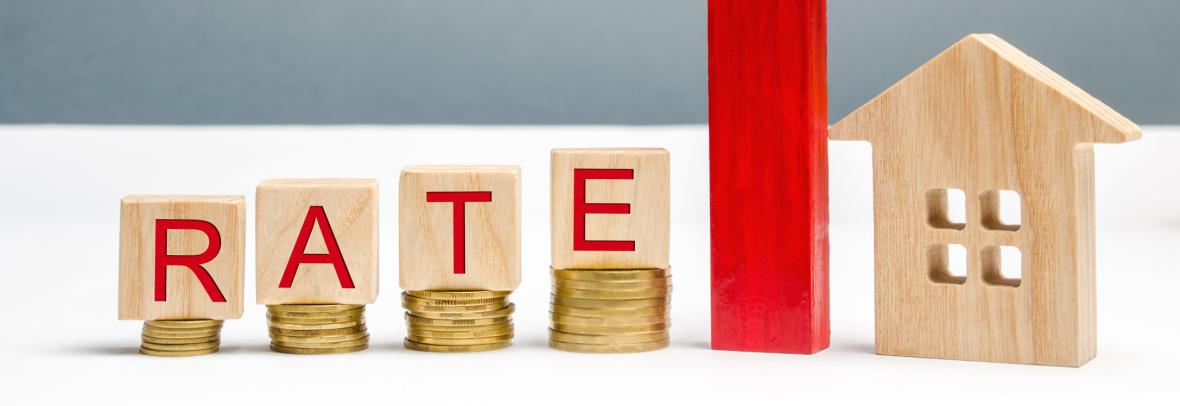
An “every penny counts” approach by buyers boosted ARMs 12.5% year-to-year, even though average ARM rates (2.54%) are only a bit lower than FRM rates (2.98%).
CHICAGO – Adjustable-rate mortgages (ARMs) dropped in popularity after the 2008 financial crisis, but they’re starting to reemerge as buyers contend with record high home prices. “The epic surge in home prices has people looking to save money on monthly payments anywhere they can,” says Matt Graham, chief of operations at Mortgage News Daily.
Applications for ARMs were up 12.5% year-to-year for the week ending June 18, according to the Mortgage Bankers Association (MBA).
With an ARM, buyers usually get a lower mortgage rate. In exchange, however, they also agree that the rate can go up (or down) after a set number of years, usually five or 10. If national mortgage rates go up in that time, they’ll likely face higher monthly mortgage payments. Given today’s historically low mortgage rates, that means today’s FRM borrowers will be paying more when their loan adjusts at some future date.
Some borrowers may think they’ll refinance to a fixed-rate mortgage or move before the loan adjusts. Some may assume they’ll be in a better financial position to pay a higher amount five or 10 years in the future. For still others, the lower rate offered via an ARM may be their only option if they want to buy rather than rent.
The average rate for a 5-year hybrid adjustable-rate mortgage was 2.54% for the week ending July 1, according to Freddie Mac. The average rate for the 30-year fixed-rate mortgage was 2.98%. Those two rates may not be far apart, but even minor differences in rates can quickly add up.
Still, lenders say that only the most qualified borrowers are getting approved for ARMs; they tend to have higher credit scores and put more money down than fixed-rate mortgage borrowers. There is also more education around these loans than in the days of the financial crisis. Interest-only ARMs are also less prevalent. (With an interest-only ARM, borrowers don’t start paying anything toward their principal until a time established in the loan documents.)
ARMs are a relatively small part of the mortgage market, comprising just 3.6% of applications for the week ending June 25, according to the Mortgage Bankers Association.
In general, financial experts say ARMs are less useful if homeowners plan to stay in their homes for decades. But for those who plan to stay in their homes for less time, ARMs may be a more attractive option.
ARMs are most popular among borrowers seeking higher-priced mortgages. The average ARM loan size was $904,000 compared to $317,500 for a fixed-rate loan for the week ending June 25, according to the MBA’s data.
Source: “Why More Homebuyers Now Are Turning to This Much Riskier Type of Mortgage,” realtor.com® (July 5, 2021)
© Copyright 2021 INFORMATION INC., Bethesda, MD (301) 215-4688
Go to Source
Author: kerrys



